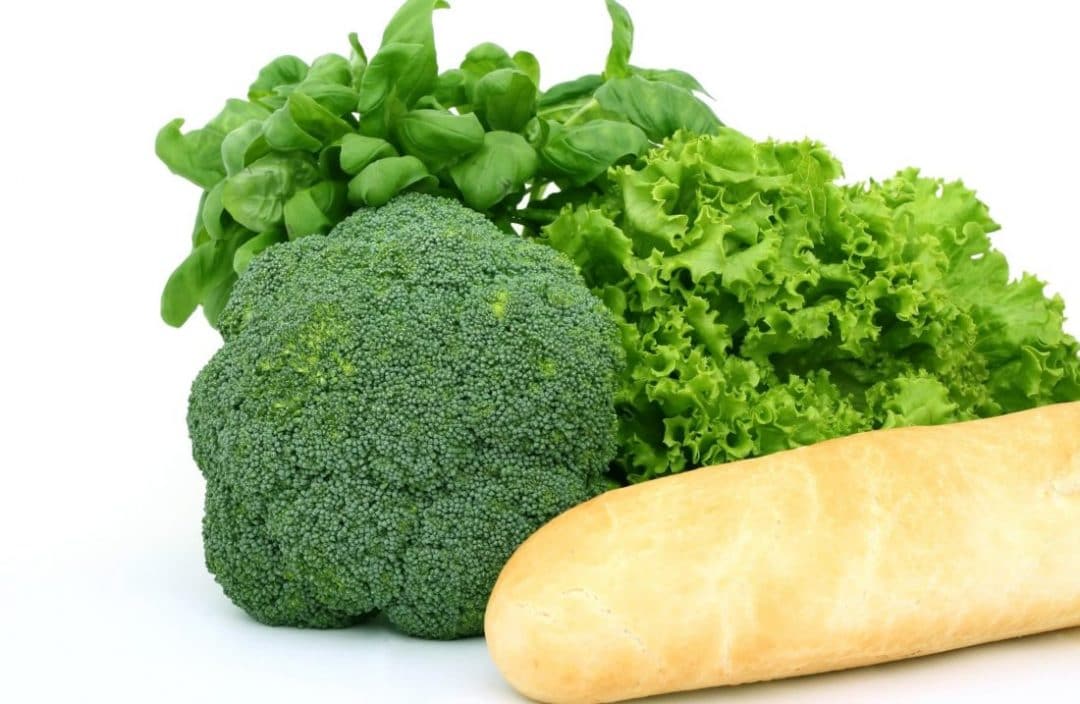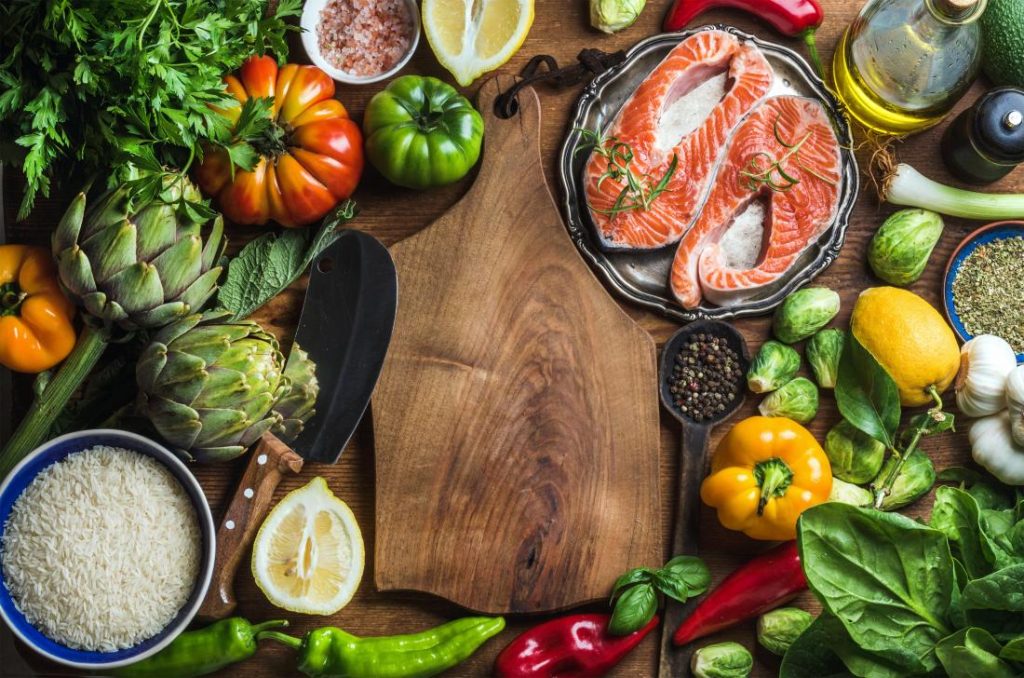META: There is a growing belief that introducing anti-inflammatory foods into our diets early in life could prove to be incredibly beneficial in the long run.
Over the past few years, more research has come to light demonstrating how detrimental chronic inflammation can be to our health. There is a growing belief that introducing anti-inflammatory foods into our diets early in life could prove to be incredibly beneficial in the long run. Skeptical? Below you’ll find six ways how anti-inflammatory foods can help you in the long run.
Problems Associated with Chronic Inflammation
Before analyzing the foods that can help fight inflammation, it’s crucial to understand the issues associated with chronic inflammation. Inflammation is something that occurs naturally in the body, as it serves to act as the body’s defense mechanism. When your body senses damaged cells, inflammation is one of your immune system’s first responses. Inflammation could be helpful things such as:
- Wounds
- Infections
- Tissue Damage
However, long-term or chronic inflammation could have an adverse effect and be detrimental to the body. Chronic inflammation could end up causing numerous serious diseases, such as rheumatoid arthritis or cancers. The onset of chronic inflammation is slow, lasting anywhere from months to years at a time. The result is the death of healthy tissues and the thickening of unhealthy scar tissue.
One study from Evol Med Public Health further sought to analyze the diseases that occurred as a result of chronic inflammation. The study said that when a chronic inflammatory systemic disease occurs, there are maladaptations of the reproductive, immune, endocrine and nervous systems. Another study from EMBO Reports explored the growing belief that chronic inflammation advances common diseases.
Russell Greenfield, MD, who serves as a clinical assistant professor of medicine at the University of North Carolina Chapel Hill said that “It’s very clear that inflammation plays a role much more than we thought with respect to certain maladies.” He continued to say that inflammation could trigger less-common diseases.
Another doctor, Barry Sears, said that people could be suffering from high levels of inflammation, yet feel fine. However, the swelling is attacking their bodies and increasing their risk of chronic diseases. He called long-term inflammation a “silent epidemic.” Since this could easily be the case for many people, it’s crucial that they consider making substantive changes to their routine.
How Can Anti-Inflammatory Foods Help?
If you’re concerned about chronic inflammation, introducing anti-inflammatory foods to your diet could prove to be incredibly beneficial. As this WebMD article states, medication could be essential, but not nearly as critical as adopting a diet that is rich in anti-inflammatory foods. Introducing these foods to your diet could help reduce the number of flare-ups from which you suffer.
Additionally, consuming a diet rich in anti-inflammatory foods could also lessen the pain you’ve been experiencing. Even if your new diet does not help with your chronic inflammation immediately, there are no real problems associated with the intake. Thus, at the very least, these foods could reduce your chances of other issues significantly.
For example, some experts in the field have said that a diet rich in anti-inflammatory foods is good for a patient’s “overall health.” Not only could the diet help reduce your risk of heart disease but it could also help lower the chances of existing cardiac problems flaring up. An anti-inflammatory diet could also contribute to lower blood pressure and a reduction of a patient’s blood triglyceride levels.
It’s essential to remember that when making a diet change, the effects could take months to show up. For example, if an individual were to take an anti-inflammatory drug, he or she would feel better almost instantaneously. However, when eating anti-inflammatory foods, the patient must exhibit more patience, as it takes at least a few weeks before patients begin to notice a difference in symptoms.
But this could be well worth it in the long run. For example, many older patients report that eating a diet rich in anti-inflammatory foods helped reduce the pain from their osteoarthritis. Some said that within a week their pain began to subside. The results can vary from individual to individual, but foods rich in anti-inflammatories will likely end up impacting your health for the better.
It’s not feasible for someone to take an anti-inflammatory drug throughout the day for their entire life. Introducing new foods to the diet could make a tremendous difference in the long run. Consuming foods rich in anti-inflammatories is the safer, healthier alternative to reducing chronic inflammation. In summary, these are the six ways how anti-inflammatory foods can help you in the long run:
- 1Reduce flare-ups that typically come about as the result of inflammation
- 2Lessen chronic pain
- 3Improve an individual’s “overall health.”
- 4Reduce the risk of heart disease and other cardiac problems
- 5Lower an individual’s blood pressure and triglyceride levels
- 6Reduce the chance of diseases such as rheumatoid arthritis
The Principles of The Anti-Inflammatory Diet
If you are interested in reducing your risk of chronic inflammation, you will likely want to make some changes to your diet. Unfortunately, the average American diet is currently too high in omega-6 fatty acids. You can often find these in foods that are processed, such as fast food. The average diet lacks omega-3 fatty acids, such as those found in cold-water fish.
Additionally, there’s growing evidence that phytochemicals can also be beneficial in helping to reduce chronic inflammation. Phytochemicals are natural chemicals that you can find in plant foods. Two diets you may want to look into are the Mediterranean diet and the Zone diet. Both encourage users to obtain a healthy level of monounsaturated fats.
No matter which diet you choose, an anti-inflammatory diet typically abides by the same principles. The first is that the individual consumes ample amounts of fruits and vegetables. The individual must also make efforts to minimize saturated and trans fats. The person should also try to eat good courses of omega-3 fatty acids, which means consuming a lot of fish or supplementing with fish oil.
This means that the individual will likely have to cut back on their red meat consumption, in addition to full-fat dairy foods. Along with cold-water fish, individuals can add lean protein sources to their diet. This includes both chicken and turkey. Those on the anti-inflammatory diet typically find themselves consuming more wholesome, natural meals as opposed to processed foods.
Those looking to fight inflammation through their diet will also want to cut back on refined carbs. This includes pasta and white rice. Patients should substitute refined carbs with whole grains, such as bulgur wheat or brown rice. Lastly, many spices, such as ginger and curry, have anti-inflammatory properties. Dieters can season their meals with anti-inflammatory spices for an added boost.
Choosing Foods That Help Fight Inflammation
The Arthritis Foundation has provided guidelines for those looking to introduce anti-inflammatory foods to their diet. Remember that these are foods that meet the principles set forth above. Consuming these foods can help improve your overall health and lifestyle. If you are still struggling to come up with a new diet, consider visiting a nutritionist or dietician to help aid your body in its fight against inflammation.
The group recommends fish as the primary meat source for the anti-inflammatory diet. The omega-3 fatty acids in fish can reduce interleukin-6 and C-reactive proteins in the body. Both of these are proteins known to cause chronic inflammation. You should eat at least three to four ounces of fish twice per week. Consider fish such as salmon, sardines, anchovies, and tuna.
Individuals should also ensure they are eating enough fruits and vegetables. Both are proven to give the immune system a boost, which is vital in the fight against inflammation. The organization recommends that individuals eat at least 1.5 cups of fruit and two cups of vegetables with every meal. Color foods, such as strawberries, blueberries, cherries, blackberries, broccoli, spinach, and kale could all help.
When snacking, individuals on the anti-inflammatory diet will want to consider nuts and seeds. Not only do they contain protein and healthy monounsaturated fats, but they also are rich in fiber as well. Individuals should consume about 1.5 ounces of nuts each day. 1.5 ounces of nuts is approximately one handful. Nuts found in the grocery store, such as almonds, walnuts, and pistachios, should do the trick.
Another excellent choice for those on the anti-inflammatory diet is beans, which contain multiple anti-inflammatory and antioxidant compounds. They are also rich in protein and fiber as well. Individuals should aim to consume at least two cups of beans per week. When doing so, try well-known beans such as garbanzo, red kidney, black, and pinto beans.
Those on an anti-inflammatory diet will also want to consider adding olive oil into the mix because it is not only high in monounsaturated fats but also in oleocanthal. This compound is known to help lower inflammation and pain. You can either use olive oil when cooking or as a dressing for salads and other dishes. Consume at least two tablespoons per day. Aim for high-quality extra virgin olive oil.




